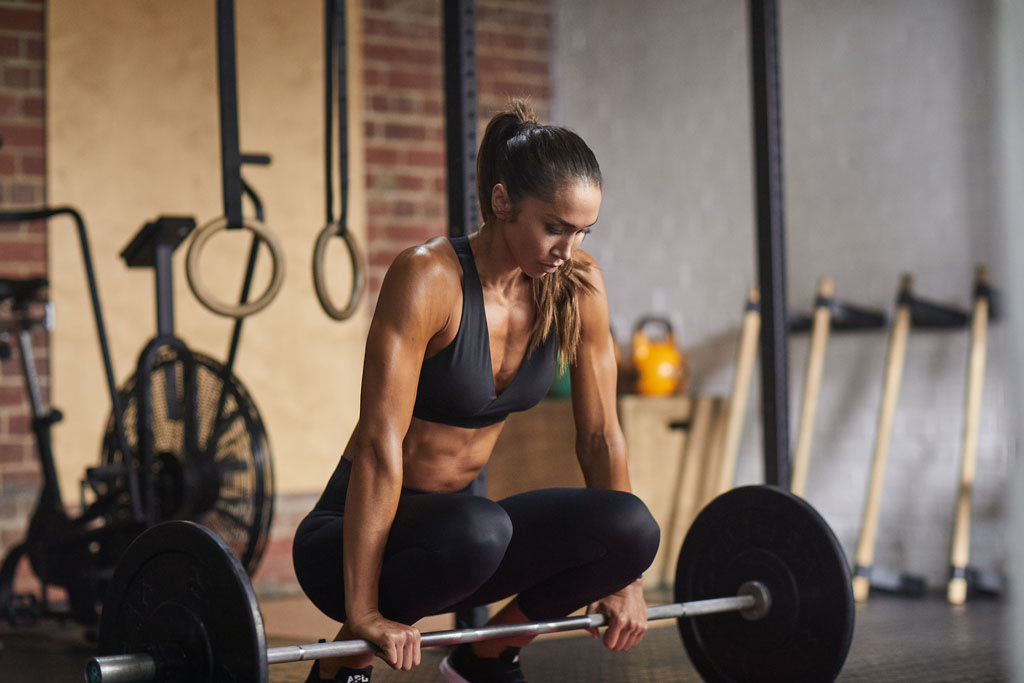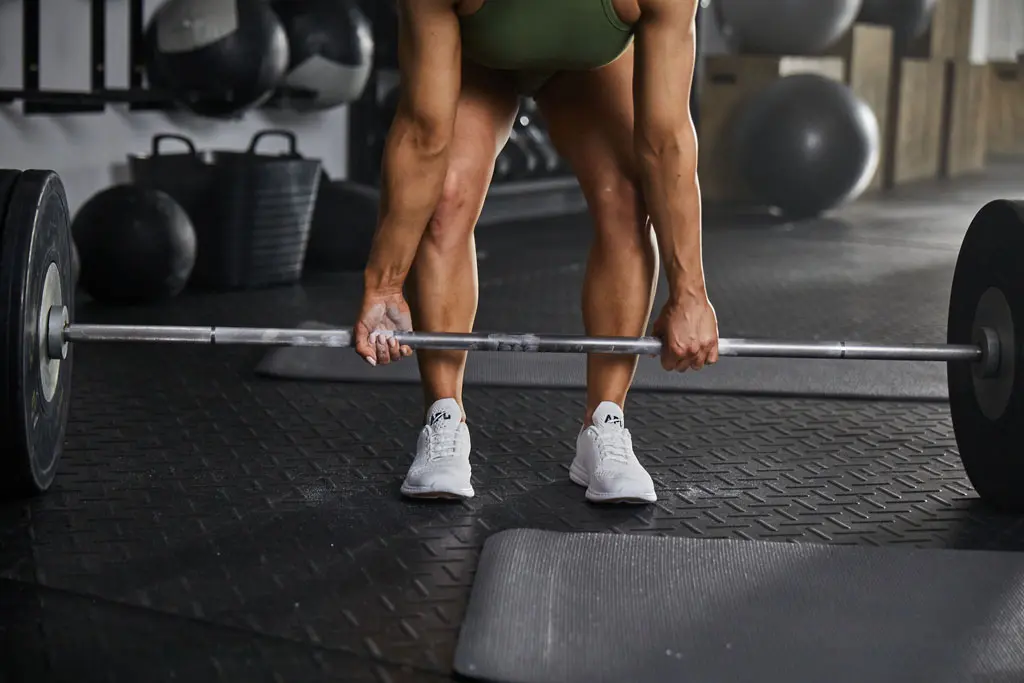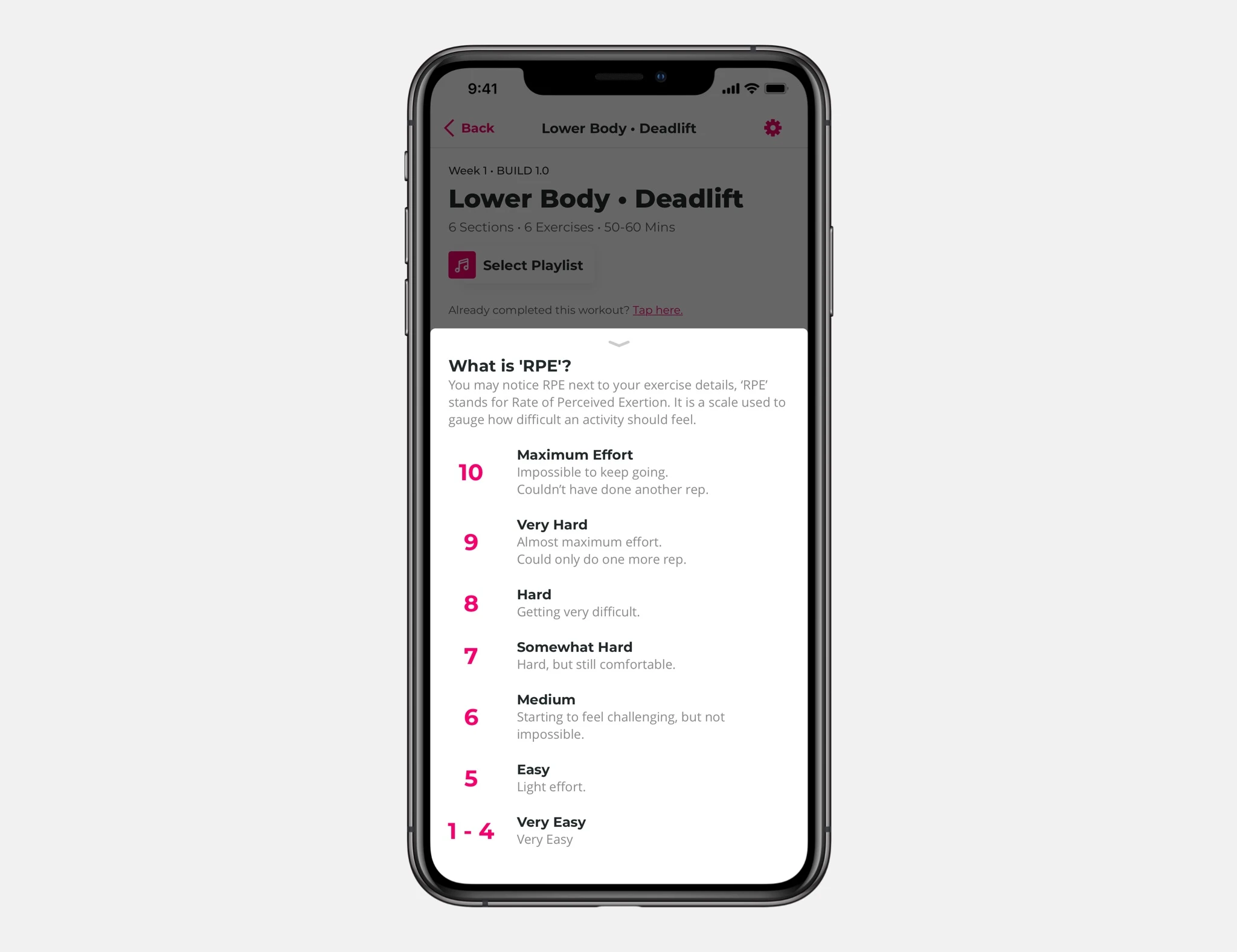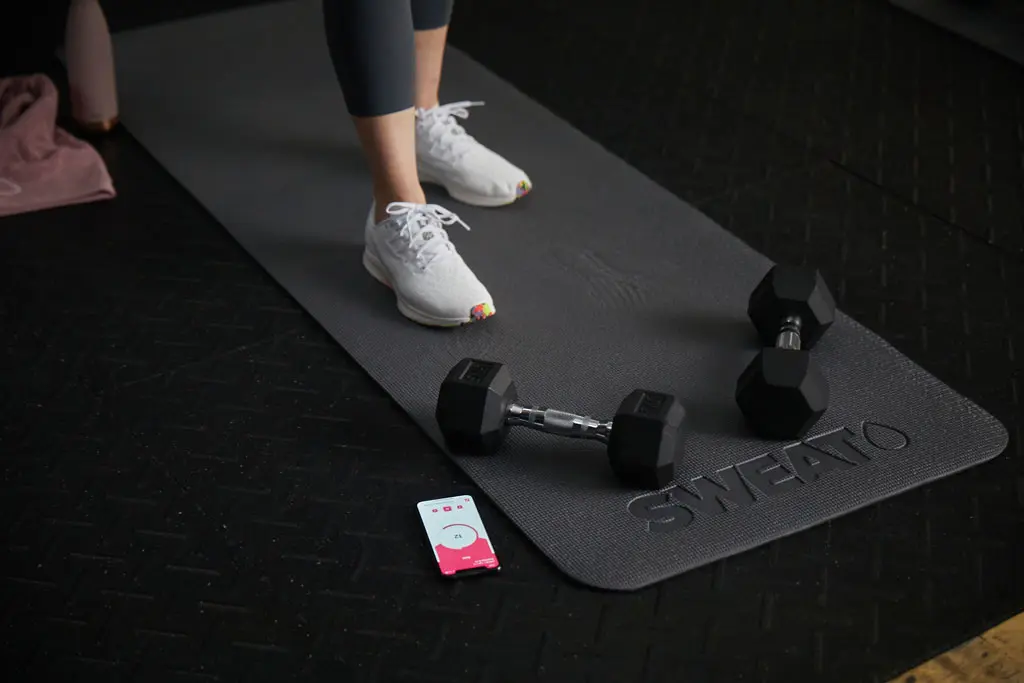How Rate Of Perceived Exertion (RPE) Can Maximise Your Training

January 17, 2020

For anyone following a workout program, it’s not unusual to have questions about the amount of effort required to achieve your goals: Are you training hard enough? How can you tell if you’re training too hard? And how should you even measure “hard enough”?!
Tracking your heart rate using a heart rate monitor can give you a rough idea about how hard you are working, however, using your heart rate alone may not always be the best guide.
Your heart rate can vary depending on factors such as where you are in your menstrual cycle, how stressed you feel and your consumption of things like caffeine and alcohol, so it’s not always the best measurement of effort if you’re looking to maximise your workout results.
This is where using your rate of perceived exertion, or RPE, can help you to train at the right intensity to achieve your fitness goals or break through any workout plateaus.
Find out:
What is RPE?
The rate of perceived exertion (RPE) measures the intensity of an exercise, using a score of how difficult a particular exercise feelswhile you’re doing it.
RPE isn’t a difficulty rating of an exercise, it’s a subjective rating that’s based on how YOU feel physically and mentally. It uses a scale of 1-10 as a guide, where 1 is the least difficult and 10 is the most difficult. Rating your exertion this way enables you to self-regulate your training intensity during a workout, without needing an external monitor or fitness tracker.
When you first start to gauge your RPE it can be difficult to choose a rating if you’re not sure what maximum effort feels like for you. As you begin to work out more and more, you’ll get better at assessing your effort level and the capabilities of your body using the RPE scale. What feels difficult and easy will also change as your strength and fitness builds!

Why should I use RPE?
RPE allows you to train to a specific intensity to meet the goals of a particular workout.
You can also adjust your training intensity based on how you feel that day. This means your training can be modified in response to any physical or mental stress you might be under, which can help reduce risk of injury.
For example, due to changes in your hormones and energy (and life in general), the weight you use for a maximum effort squat one week might be quite different to the next. This is normal! You don’t need to work out at maximum effort every time.
On those days you ARE feeling your best, using RPE also enables you to maximise your training by ensuring you’re pushing yourself enough to get results.
How to measure RPE
To determine your RPE, select a rating between 1 and 10 based on muscle fatigue, elevated heart rate and increased rate of breathing. The higher the number, the more intense the exercise.
An RPE of 1 is often referred to as just above rest, hardly any exertion, while an RPE of 10 is a maximal effort - as hard as you can go.
What affects my RPE?
Your RPE is a subjective assessment based on how you’re feeling in the moment. Because it’s a self-determined rating, it can change depending on different external factors that affect your workout performance, including whether you’ve had enough sleep, what you’ve eaten that day, where you are in your menstrual cycle, and whether you’re under any form of stress.
If you are dehydrated, stressed or you are doing a fasted workout, you might find you reach the same RPE with a lower exercise intensity than if you had a pre-workout snack and plenty of fluids.
Being able to assess your workout in terms of effort can also be insightful on days when you don’t seem to be progressing in terms of strength, speed or reps.
Guide to training with RPE
Rate of perceived exertion can be used to guide both strength training and cardio.

Strength training with RPE
You can use RPE to decide how much weight to use for an exercise with a set number of repetitions.
You can determine your RPE for strength training based on muscle fatigue or how much effort is required to lift the weight during the first rep of an exercise.
One way to think about RPE for strength training is to consider how many more reps you could complete in total. If you could still complete 2-3 reps after you have completed your set, this is an RPE of 8. If you couldn’t possibly do one more rep at the end of your set, this is an RPE of 10.
Higher volume strength training (meaning higher reps) to build muscle size is usually done at an RPE of 7-8. This training intensity is also good for building confidence with new exercises before you add more weight.
If you’re doing high-intensity resistance training (HIRT), you should select a weight at around a 6-7 RPE to ensure you can maintain correct form throughout the workout, while still pushing yourself.
Exercises done at an RPE of 8-9 are designed to build muscle strength and you’ll do a lower number of reps.

Using RPE to choose a weight in your Sweat program
Can you use RPE to maximise your training with your Sweat program? Absolutely!
If your workout requires weights and you aren’t sure where to start, always choose a lighter weight and increase gradually as you become comfortable with your form.
For High Intensity Strength with Kayla Itsines and Sweat's Strength & Resistance program, you’ll want to select a weight so that the final rep of each round is difficult but not impossible — an RPE of around 7. If you find the weight you choose for the first lap of each superset is too easy, increase it for the second lap.
Kelsey Wells’ PWR program is designed to increase lean muscle mass through muscle hypertrophy. The activation exercises are done at an RPE of 5-6, increasing to an RPE of 7 for the pyramid exercises and supersets.
For FIERCE, High Intensity Strength at Home with Cass and High Intensity with Cass, the weight you choose will vary depending on the type of workout. For a high-intensity workout like Tabata, you’ll choose a lighter weight because some of the intensity will come from your cardio effort! For a strength workout, you’ll choose a heavier weight, with an RPE of about 7-9.
An RPE scale is provided to help you determine the intensity for some of the exercises used in the BUILD program.
The warm-up includes exercises at an intensity of 4-6. The primary movement, once your body is warm, is done at a higher intensity of 8 RPE. These are your heavy lifts. Towards the end of the workout, you’ll perform exercises with higher reps and lighter weights to induce muscle fatigue and reach an RPE of 9.
RPE for cardio and HIIT
One of the simplest ways to measure your RPE during a cardio or HIIT workout is by considering how easy or difficult it is to talk during exercise.
At very light exertion, it’s easy to carry on a conversation, like going for a walk with your workout buddy. As you increase the intensity, it becomes increasingly difficult to talk, until the point where you definitely can’t talk!
And no, pushing yourself to your max every time you exercise isn’t a good strategy if you want to see progress - you can benefit by using a range of training intensities throughout your week. All of the Sweat programs include low-intensity cardio sessions as part of your weekly training goals, so you can use these to start assessing your RPE.
If you’re a beginner, you’ll keep most of your workouts to a lower intensity while you build up a baseline of fitness, but feel free to push yourself to see how your body feels! Low-intensity cardio workouts should be done at a light to medium effort, where your rate of perceived exertion is a 3.
As you increase your fitness, you can even try HIIT cardio, where your working periods reach an intensity of 8 RPE.
Train at a variety of intensities to maximise your results
No matter which training style you choose, doing workouts at a variety of intensities can help you to prevent or break through a workout plateau, while maximising the results you get from your program.
Using your RPE, you can train according to the right level of intensity during every workout. As you use this rating, over time you’ll get better at knowing your unique body and what different intensities feel like.
Do you use RPE in your training and do you find it helpful? Tell us in the comments!

A more empowered you starts with Sweat, and our editorial team is here to bring you the latest fitness tips, trainer recommendations, wellbeing news, nutritional advice, nourishing recipes and free workouts.
* Disclaimer: This blog post is not intended to replace the advice of a medical professional. The above information should not be used to diagnose, treat, or prevent any disease or medical condition. Please consult your doctor before making any changes to your diet, sleep methods, daily activity, or fitness routine. Sweat assumes no responsibility for any personal injury or damage sustained by any recommendations, opinions, or advice given in this article.
Fitness